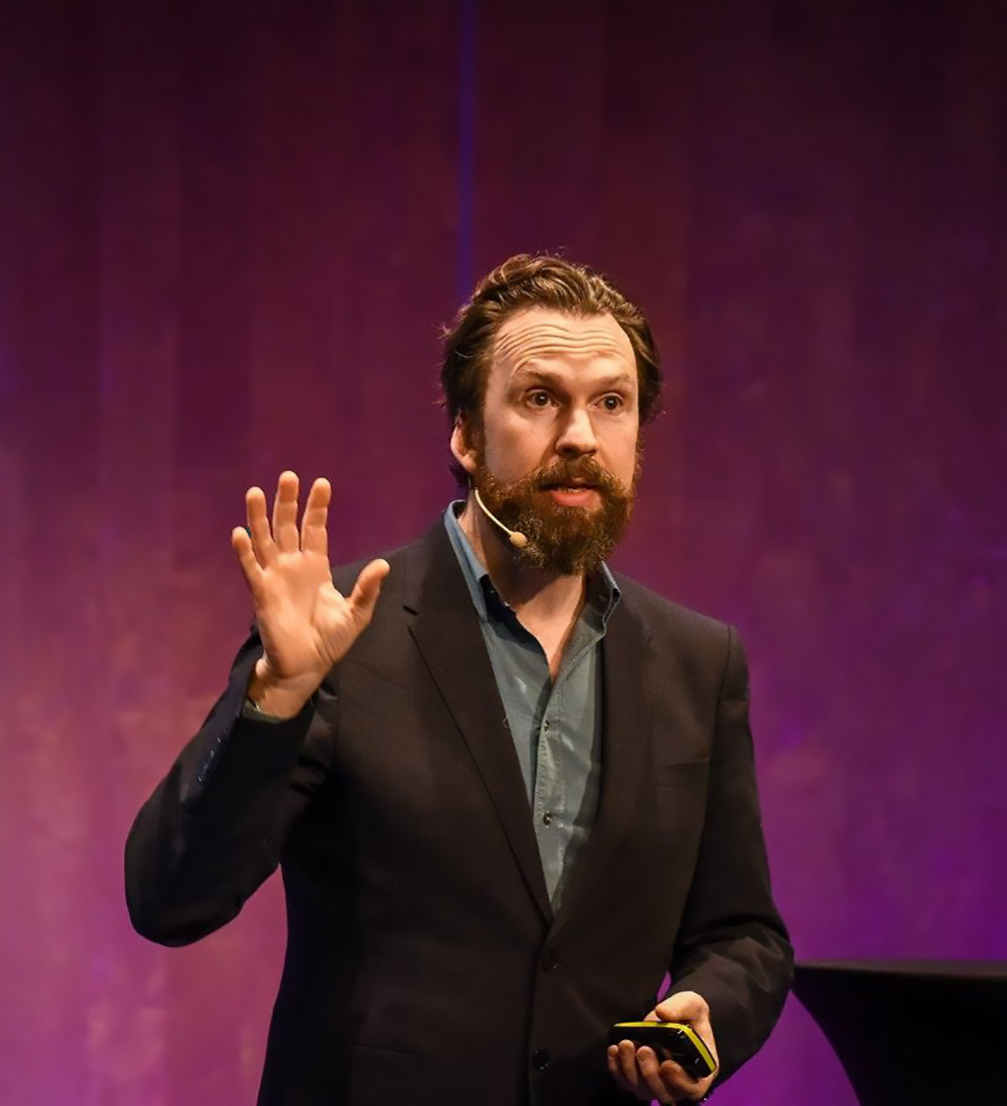
With the aim to bring together design, code and business professionals, the conference «UX Riga», which is the largest user experience event in the Baltics, took place for the fourth time in Riga. This year, the conference gathered 14 speakers and 450 attendees, almost half of which came from abroad.
The idea of joint UX event of the Baltics came to the organisers in 2013 when the Latvian interactive agency «Cube Systems» in collaboration with Tallinn University and company «UX Trinidad Consulting» first organised the «World Usability Day» in Tallinn. Year later, thanks to the public interest and the central location of Riga, they chose to organise a Baltic–wide UX conference in Latvia. The first «UX Riga» was held in 2014 and gathered 5 speakers and 250 attendees. With each conference the amount of participants grew and the topics of presentations became more diverse. If at the beginning the conference was primarily designed for UX professionals, during the recent years design is being actively discussed also from the management point of view. Among the participants are both professionals of the field, designers, programmers and UX specialists, as well as business managers, CEOs and owners. «We believe that we can’t organise an event only for designers and programmers if their management, product development managers and business owners lack the knowledge of current issues and processes of the field,» says Līga Lētiņa.
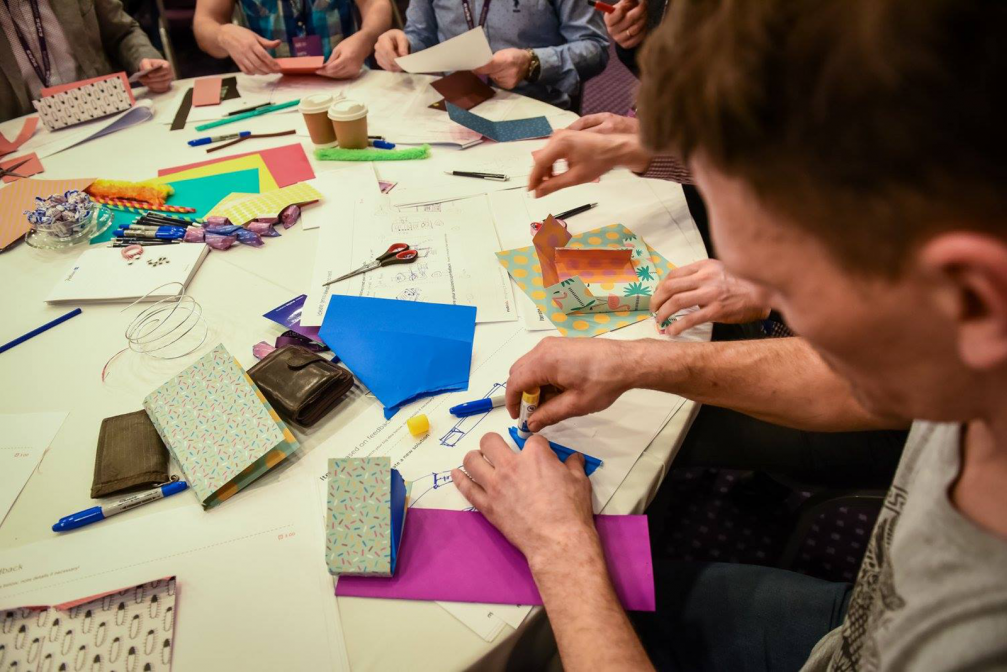
The diversity of audience differs «UX Riga» from other European UX conferences, at the same time being one of the biggest challenges for the organisers. It becomes more and more complicated to prepare high–quality, valuable content, yet this kind of format is especially crucial in Latvia. According to the Latvian Design strategy 2016–2020, released by the Ministry of Culture, Latvia has to be able to make full use of the innovative potential of design, using it as a strategic tool for business development until 2020. To reach this goal the society must be educated about the presence of design in both public and private sector, and considering that, the conference «UX Riga» provides qualitative information exchange platform. «In the Baltic region the integration of design thinking in company’s management is crucial. We are small countries with a lot of similar companies competing with each other for much smaller number of clients that it is in a big country. High–quality and based on the real needs, the user experience provides significant advantages and helps the company to be more competitive,» says Līga.
Around 60% of this year’s «UX Riga» participants were specialists not directly connected with the field. With a single programme, lectures and masterclasses, the conference provided a successful interaction between both groups. Business managers worked closely with UX specialists, thus encouraging discussion and experience exchange.
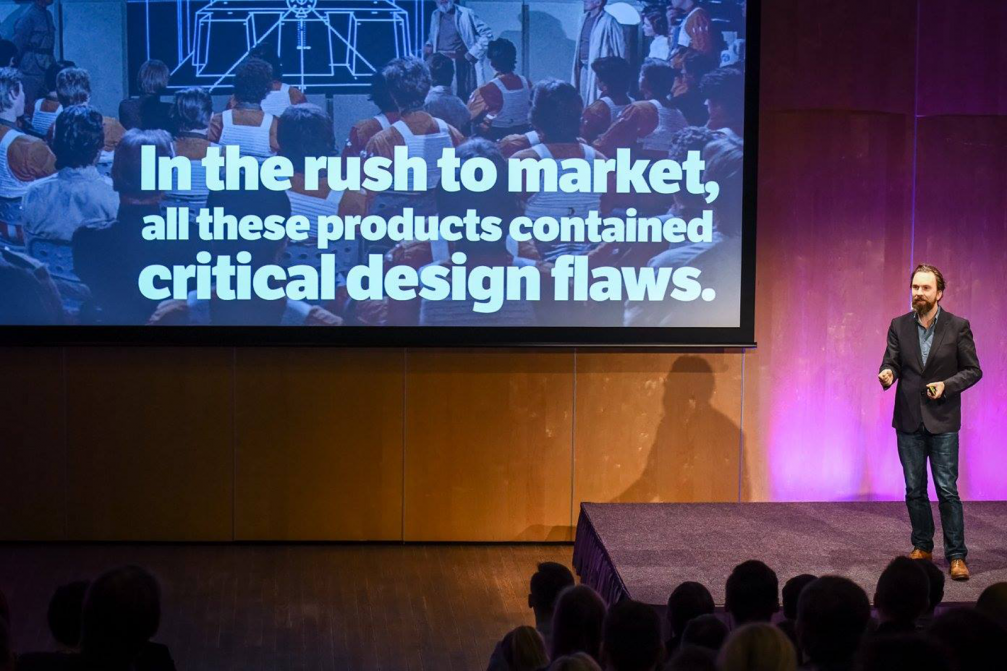
This year, the conference started with a talk by Andy Budd, CEO and designer of «Clearleft». It was well–structured, visually compelling and masterfully reasoned. The information was equally interesting for both UX design specialists and business managers. He talked about the advantages of design in today’s business and explained the essence of design thinking in a very understandable manner. The design division in four different levels made it possible to easily understand the difference between the visual manifestations of design and design thinking. The first level of design is connected with the appearance of the product, the second goes more deeply in user’s emotions, the third explores the interaction between user and design solution and the fourth incorporates the design project into one service system.
«Design is a team sport,» said Andy Budd, emphasizing the importance of designer’s skill to explain the design–related issues to people outside the circle of specialists. While many companies believe they base their activities on the design principles, the reality proves otherwise. The most common situation is that one design specialist works with a dozen of products of service developers and such situation is not sufficient for the creation of innovative solutions. The ratio should should vary from one to three design professionals on group of six programmers.
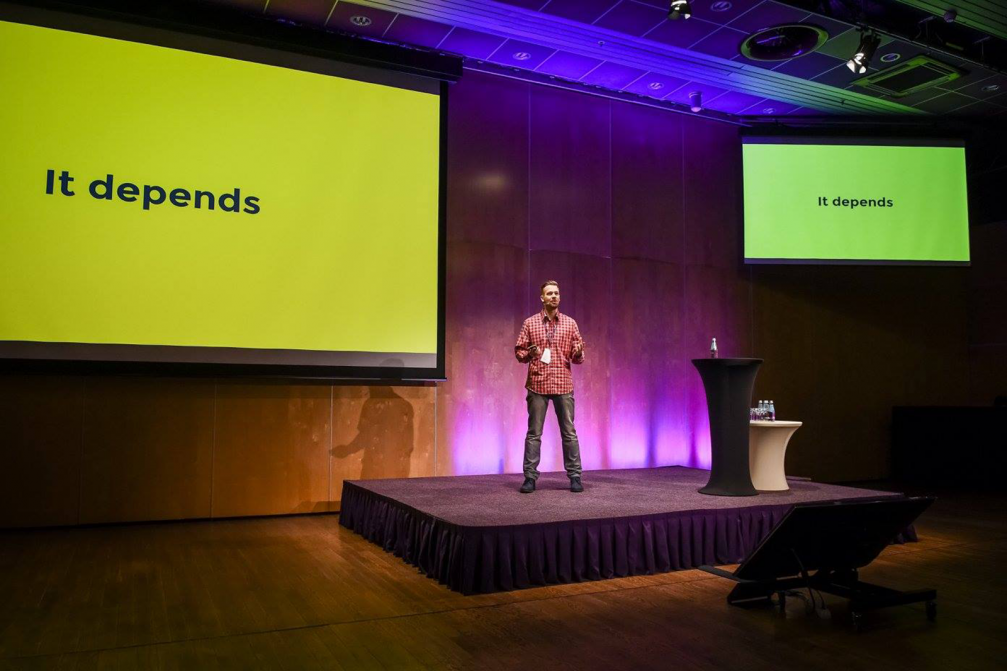
In comparison to the presentation by Andy Budd, which reminded more of a manual or methodological material, Zoltan Kollin, UX designer at «IBM», started off saying that the very definition of design is meaningless. In his view, the user experience cannot be designed after one certain method and each of them has a number of exceptions. Design isn’t always so intuitive, organic and transparent as it may seem, because the designer’s activity is based on already existent biases. Kollin’s talk stood out with lively language and excellent use of examples and, despite the presentation focused on doubting the facts instead of offering solutions, it was interesting enough to allow the listener to choose to agree or disagree.
Unexpectedly ironic was the last presentation of the conference by Michel Tofahrn, service designer at «Fjord Berlin». The description of the talk promised to define «innovation trends that will impact business, consumers and society», yet the only topicality Tofahrn presented was that in his view UX design is dead. Such subjective provocation might be more appropriate for a conference, attended only by UX design professionals. Then the listener would be competent enough to understand the speaker’s subtext, problems of the field and perceive the presentation itself as an illustrative example of a situation where design is really unnecessary. However, more than half of the conference audience were people not directly connected with the design industry and this approach to presentation seemed a bit destructive. The conference as a whole and each performance create the service design that is provided to the visitor. The author is responsible for the design experience he creates that in this case is the time of the attendee and contribution to his understanding of design.
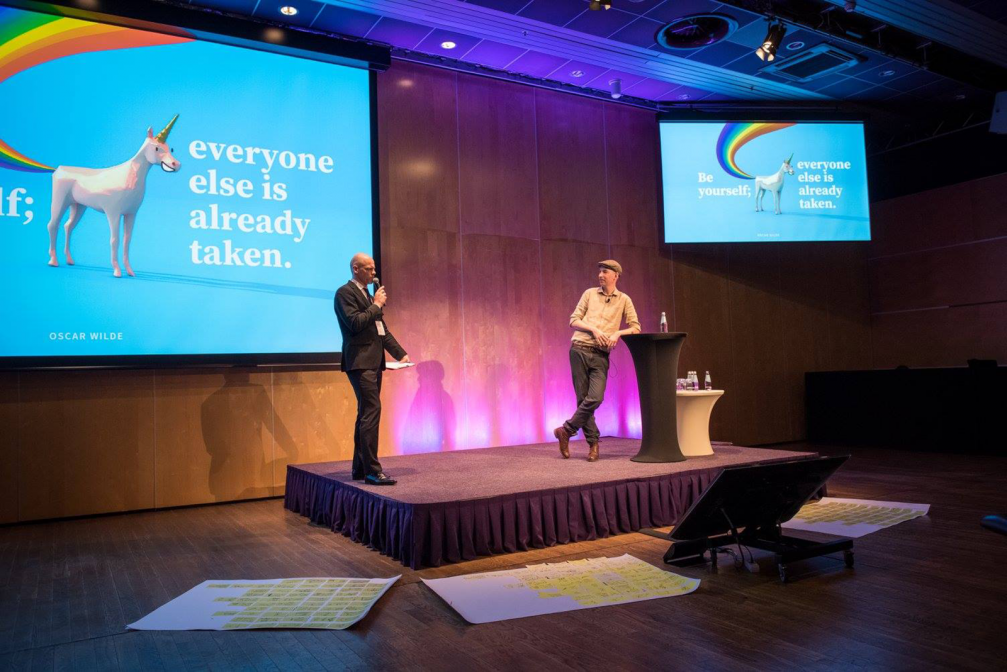
The sudden conclusion of the conference illustrated the overall quality of the event — the talks by seven speakers and their opinions were fascinatingly different. In this case the panel discussion format would perfectly complement the individual presentations. It would provoke an active interaction between both the speakers themselves and the audience. The conference provided a convenient way for the attendees to ask their questions during the presentations, but the discussion would ease the processing of the information and would make a valuable summary for the next conferences.
All presentations and talks are still available on the homepage of «UX Riga».

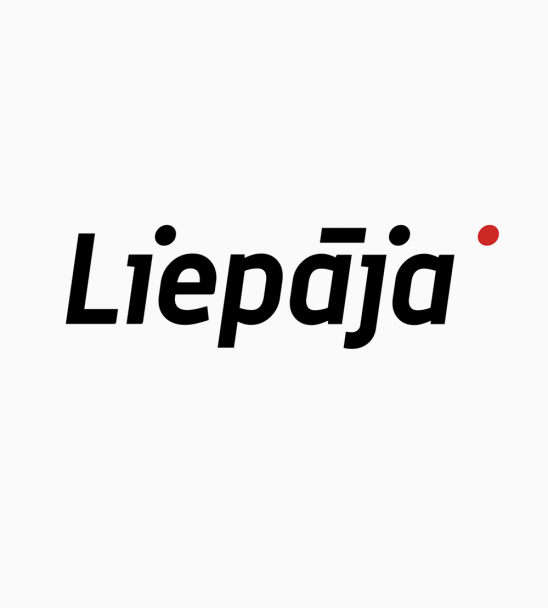

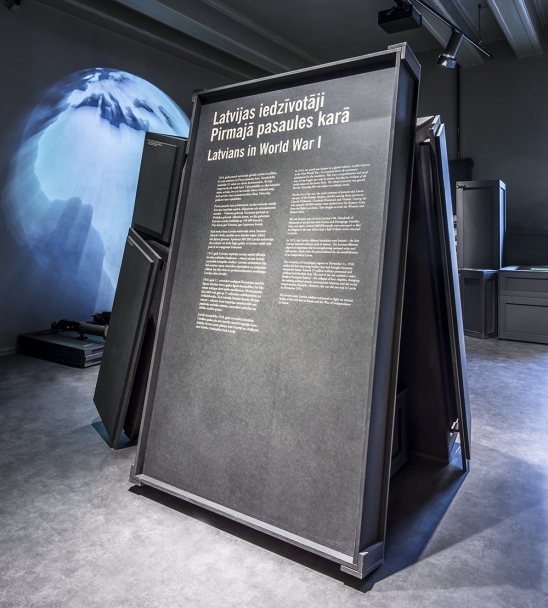
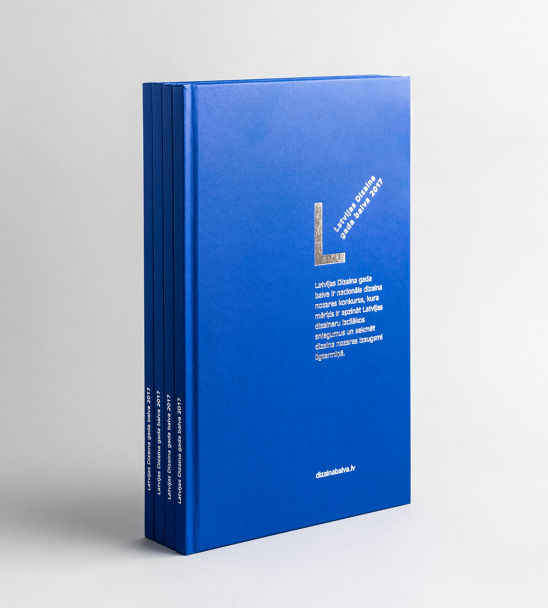
Viedokļi